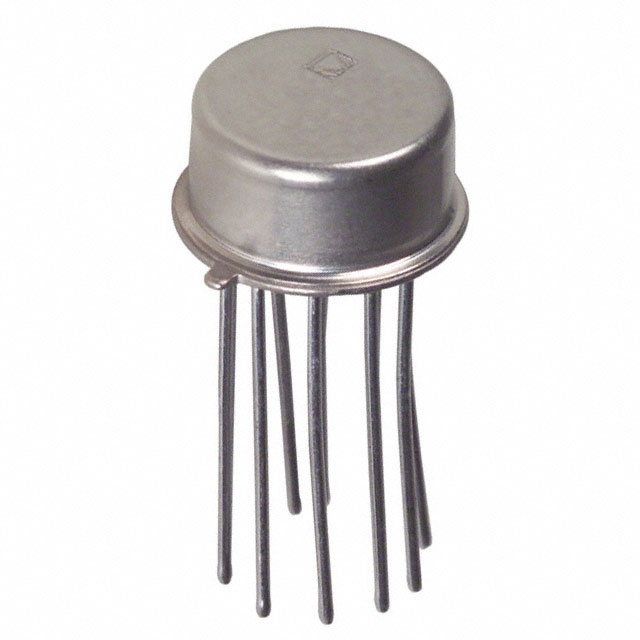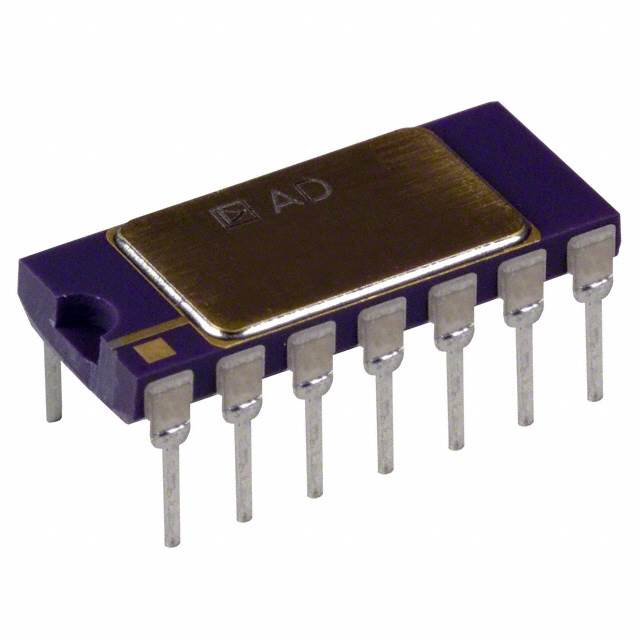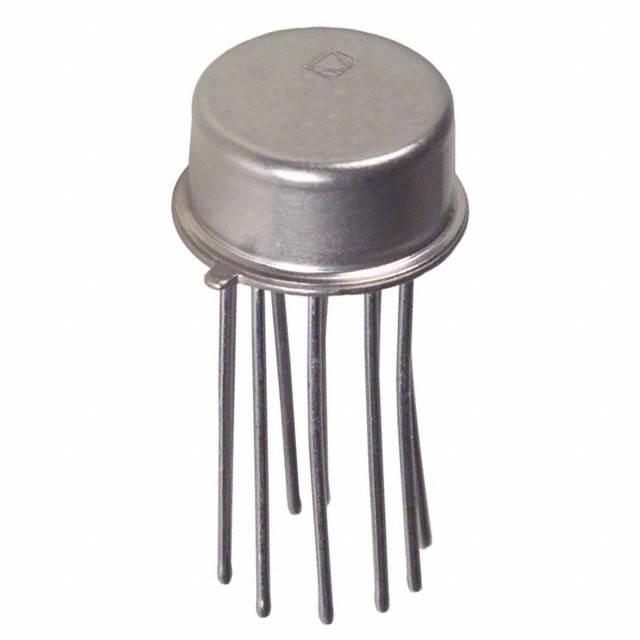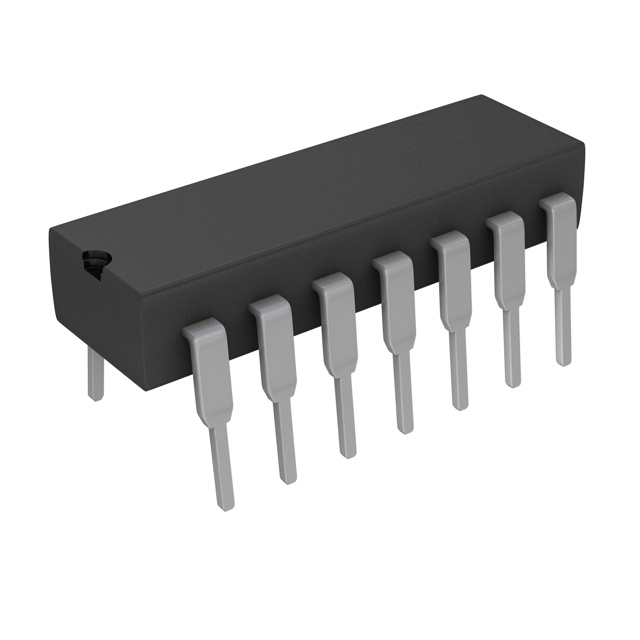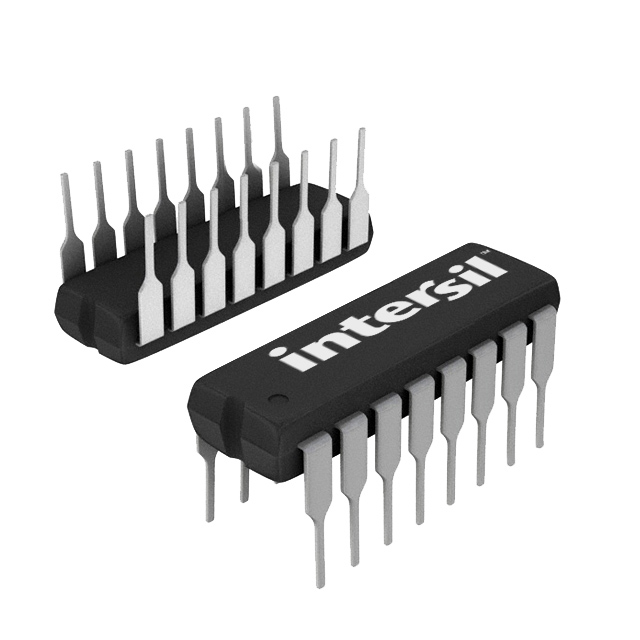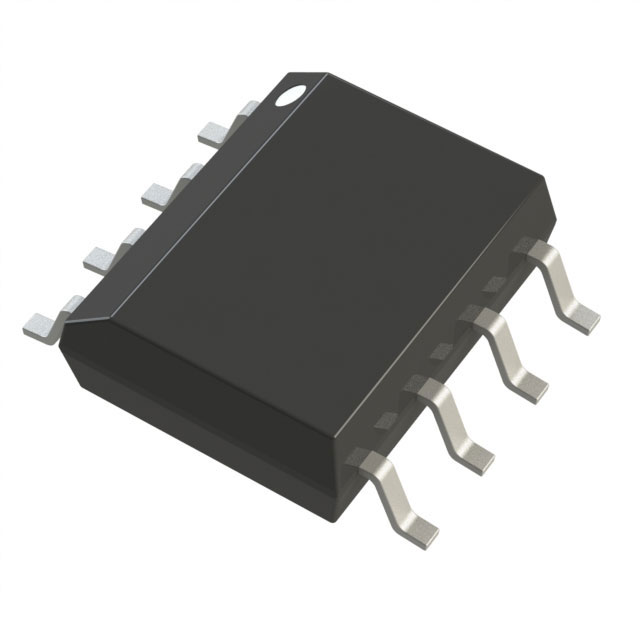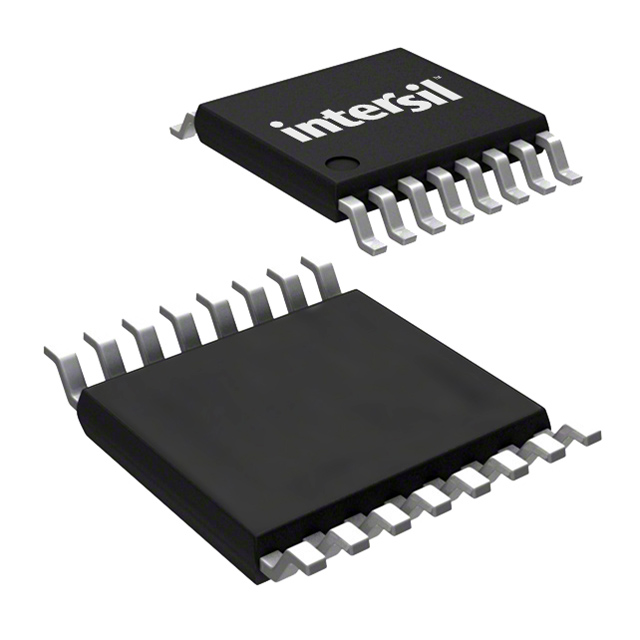Categories
- Analog Multipliers, Dividers(141)
- 1
- 2
- 3
- 4
- 5
- 6
- 8
Analog multipliers take two or more continuous signals and give an output that’s the result of multiplying these signals together or combining several products. They can also be used for functions like squaring a signal (by feeding the same signal into both inputs) or finding square roots. These circuits are used in various applications, such as adjustable amplifiers, ring modulators, product detectors, mixers, gain control systems, true RMS converters, and pulse amplitude modulators (PAMs).
Analog Multipliers and Dividers are essential components in analog signal processing, used to perform mathematical operations directly on continuous signals. Here’s an overview of each:
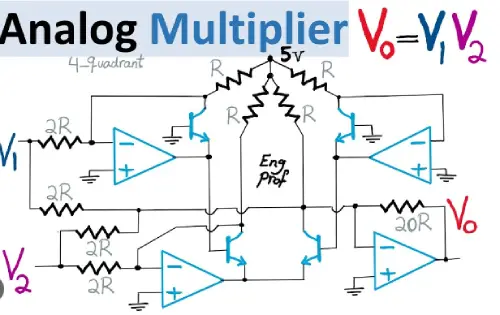
Analog Multipliers
Analog multipliers are devices that perform multiplication of two analog input signals. The output is proportional to the product of these inputs. They are used in various applications, including modulation, signal processing, and measurement.
Key Functions and Applications:
- Signal Modulation: In communication systems, analog multipliers are used to modulate signals, such as in amplitude modulation (AM).
- Frequency Mixing: In radio frequency (RF) applications, they mix signals to produce new frequencies, essential for tuning and demodulating signals.
- Analog Computing: They can be used in analog computers for solving differential equations and other complex calculations.
- Measurement Systems: Used in systems that require multiplication of voltage levels for scaling or adjusting signals.
Characteristics:
- Linearity: Good analog multipliers maintain linearity in their response, ensuring that the output is accurately proportional to the product of the inputs.
- Dynamic Range: The range of input signals over which the multiplier operates effectively without significant distortion.
Analog Dividers
Analog dividers perform division of one analog signal by another. The output is proportional to the ratio of the input signals. These devices are used in various signal processing applications where division of signal amplitudes is required.
Key Functions and Applications:
- Frequency Division: Analog dividers are used in frequency synthesizers to produce lower frequencies from higher ones.
- Signal Scaling: They adjust signal levels by dividing them, which can be useful in calibration and measurement applications.
- Phase Locked Loops (PLLs): In PLLs, dividers are used to generate specific frequency ratios necessary for locking the phase of an input signal.
Characteristics:
- Accuracy: Good analog dividers provide accurate results with minimal error, ensuring reliable signal processing.
- Input Range: The range of input signal levels that the divider can handle effectively.
Summary
- Analog Multipliers: These devices multiply two analog signals to produce an output proportional to their product. They are used in modulation, signal mixing, and analog computing.
- Analog Dividers: These devices divide one analog signal by another to produce an output proportional to their ratio. They are used in frequency division, signal scaling, and phase-locked loops.
Both analog multipliers and dividers are crucial in analog signal processing for performing mathematical operations on continuous signals, facilitating various applications in communication, measurement, and control systems.
4o mini







